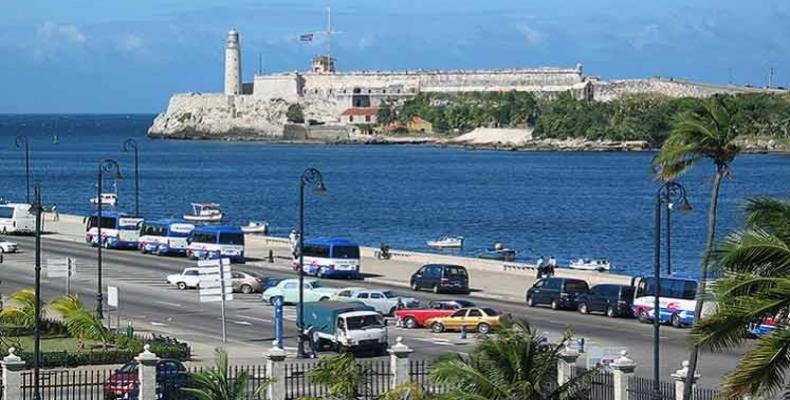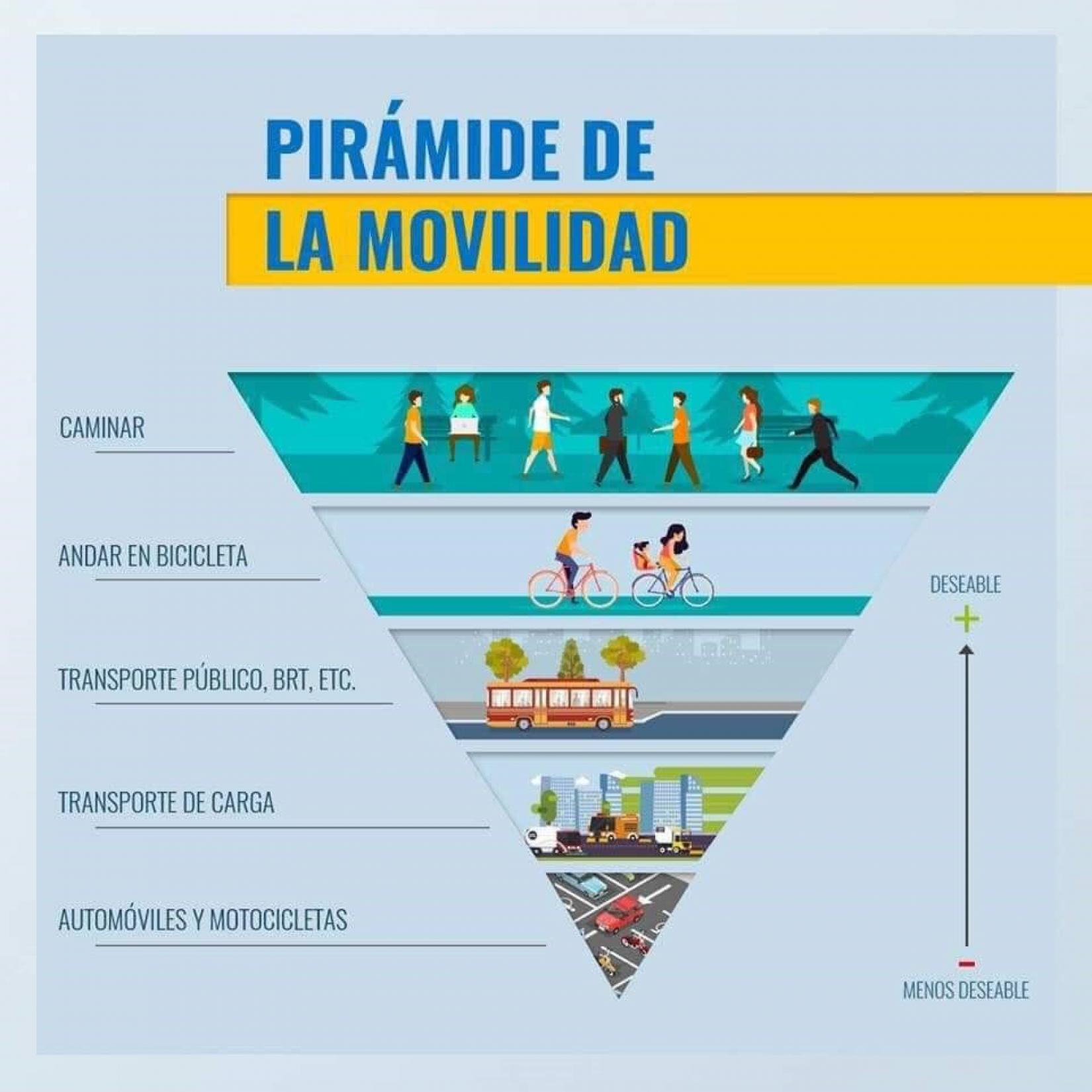
Havana on the route of an ecological, modern city and sustainable development
The use of renewable energies today is one of the actions promoted in Havana as an alternative to contribute to the preservation of the environment and that will lead the country to greater energy security and independence.
In line with the 2030 Sustainable Development Goals and with the commitments of the Paris Agreement on climate change, the capital seeks to increase the introduction of electric and hybrid buses for public transportation, electric vehicles in some service companies, and the introduction of large scale of electric tricycles on both state and private routes. These means of transport have shown important benefits not only from an economic point of view, but also from an environmental point of view, because it is a technology free of fossil fuels that does not emit gases into the atmosphere.
Statements by the engineer Ramsés Montes Calzadilla, director of Energy Policy and Strategy of the Ministry of Energy and Mines, at the XII International University Congress 2020, detailing that approximately 992 tons of fuel are used per year in the transport sector, 74 percent diesel and 24 percent gasoline, mostly imported.
And it is that with the purchase of electric cars, not only would it save on fuel, but it would also improve the quality of public transport, since in Cuba the average age of vehicles is 35 years and 77 percent are more than 20 years old. exploitation.
Faced with this reality, the country is committed to drawing up a policy for the introduction of electric vehicles and other renewable energies. The capital is prioritized in the Policy Proposal for the use and prospective development of electric vehicles in motor transport 2020-2030.
Data published in the First Biennial Update Report of Cuba to the United Nations Framework Convention on Climate Change, in 2020, with the aim of turning the capital of all Cubans into an ecological city, capable of responding in a sustainable way to social needs and demands, work is being carried out on a project scale in the implementation of a low-carbon transport system for Havana, which will allow evaluating and measuring its results based on the use of electrical energy.

Interior view of one of the new Yutong buses that arrived in Cuba at the Haiphong maritime terminal, in Havana, on January 16, 2019. Photo: Ariel Ley Royero
According to this document, 40 hybrid buses (alternating diesel and electricity) are used in the transportation of passengers in the capital, of the rigid type of the firm Yutong, two taxis of the Cuba Taxi Company also work with electric batteries, and a bus operated by the Urban Bus Company of the capital.

The purely electric bus E 12 eliminates dependence on fossil fuels and does not emit noise pollution. Photo: Alejandro Rojas
Likewise, at the second International Renewable Energy Fair, which concluded this Saturday, June 26 at the Pabexpo fairgrounds, Lázaro Torres Laurenti, director of Mechanization of the Aguas de La Habana Company, reported that for four years the company Aguas de La Havana has 24 electric vehicles in operation, with a positive impact in the midst of the complex situation that exists in Cuba with fuel and the acquisition of lubricants and spare parts. This park is planned to be increased in order to optimize the provision of company services and guarantee the availability of hydraulic resources in the capital city.

Photo: Taken from IPS
Torres Laurent commented that, thanks to the work with Electro Air, a company that provides technical solutions in solar energy, they have charging stations, through which they supply energy without affecting the National Electric System.
Similarly, in Havana, the Sustainable Urban Mobility Plan (PMUS) is also being developed, aimed at promoting cycling mobility with a network of bicycle purchase and sale points.
Regarding this project, Luis Carlos Góngora, Development Coordinator of the Government of Havana, in statements to the Cuban News Agency, recognized the benefits of this program, which is the result of the Euroclima+ cooperation program, subsidized by France and the European Union. .
This initiative proposes a change in the paradigm of the pedestrian, since more than 50% of the inhabitants of Havana move on foot, largely due to the lack of public transport.
He specified that expanding the use of electric tricycles on both state and private routes constitutes a healthy and environmentally friendly form of transportation and is consistent with the global and national strategy to reduce greenhouse gases, in order to mitigate the effects of climate change.
With just over two million inhabitants, Havana is the most populous city in Cuba and one of its main industrial and tourist centers.
Itinerary of the tricycle service in the capital
Sponsored by the United Nations Development Fund (UNDP), in 2020 the operation of an electric tricycle base began in the municipality of Old Havana to guarantee urban transportation, so women were prioritized as drivers.

Photo: Taken from Cubadebate
Read They will inaugurate a new electric tricycle route in Boyeros
This mode of transport, with low carbon emissions, was extended at the beginning of June 2022 with some 25 ecological tricycles to the municipality of Boyeros, especially in the areas of Wajay, Fontanar, Abel Santamaría and La Cujae.
Likewise, within the framework of the celebrations for the 468th anniversary of the founding of the Villa de Guanabacoa, which took place precisely on June 12, a new base with these means was inaugurated in the taxi agency number 12, located in the Popular Council D'Beche-Nalón, of this demarcation that covers the sections: El Mikito to La Yuca; from the Guanabacoa traffic light to the center of the territory; and around El Roble.

Each ecological vehicle has capacity for six passengers, who must pay four pesos for each trip. Photo: Twitter/ @MitransCuba.
Leandro Méndez Peña, Provincial Director of Transportation of Havana, at the opening ceremony of this service, explained to the press that the intention is to extend the project to the 15 territories of the city, in order to improve internal mobility within the territories and provide them with greater autonomy, without the need to go to the main bus routes, which would undoubtedly alleviate this last service.
Read More electric tricycles circulate in Havana: Starting this Monday, three routes will be launched in Guanabacoa
Science for transportation planning and road infrastructure in Havana
With the aim of making the city inclusive, safe and sustainable to meet the needs of citizens, the General Directorate of Transportation of Havana, as of April 6, carried out an origin-destination survey of the population of the capital with a view to to the development of a Sustainable Urban Mobility Plan. This study allowed knowing the patterns of population mobility, the real demand for transportation, as well as gathering information related not only to the volume and direction of flows, but also to the different modes of transportation, schedules, purposes of displacement, among others. indicators. This method would be very useful not only for the planning of transport and road infrastructure, but also to study the relationship between urban structure, displacement and daily mobility.

Indicators to take into account in Sustainable Urban Mobility Plans. Photo: Taken from Havana Tribune

Neomovilidad Project reinforces a vision of sustainable transportation for Havana and gradually changes the conceptions of mobility of its inhabitants. Graph shows 4 lines directed to the transport sector. Photo: Taken from United Nations
Learn more about the Neomobility Project for Havana in Havana moves with another rhythm
stocks diversify
The Cuban Ministry of Energy and Mines approved Resolution No. 141 of the MINCIN at the end of 2021. that establishes the regulations for natural and legal persons to contract photovoltaic solar power to be self-sufficient.
Read Facilities to acquire equipment that use Renewable Energy Sources in Cuba.
As part of the policy for the development of renewable sources and the efficient use of energy, since November 4, 2021, the company COPEXTEL began in Havana the commercialization of photovoltaic solar systems with injection into the network to the residential sector. electric 1 KWp.
Audiovisual Cuba: COPEXTEL will start marketing photovoltaic solar systems informs about requirements for implementation of photovoltaic solar systems in the residential sector
Related information
Cuba will add a new floating plant to strengthen its national electricity system